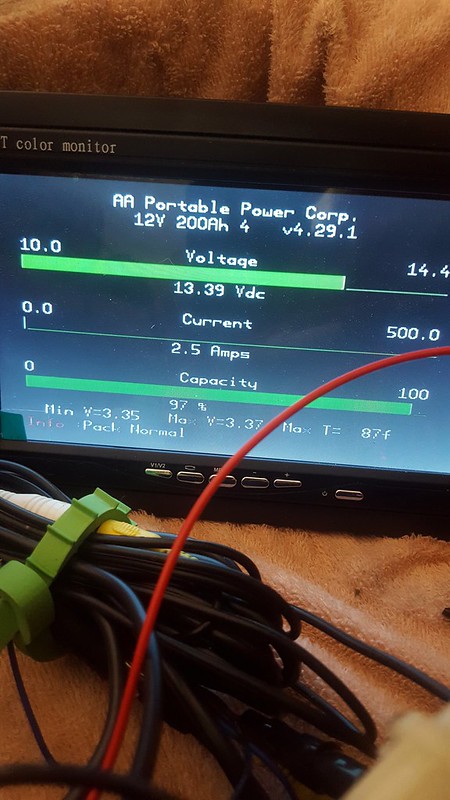One thing to bear in mind is that the BMS calculates the SOC by subtracting the number of amps going out of the battery per unit of time from the number of amps going into the battery per unit of time and converting this to a percentage. The Elite manual says that the SOC is reset when the the battery voltage 3.52 x the number of cells in the battery. In your case this would be 14.08V. If the battery had a coulomb/current efficiency of 100% you would only have to reset the SOC once, unfortunately this is not the case and some current gets lost within the battery. Because of this you will have to reset the SOC reading on a regular basis for the reading that is shown to be accurate. If Elite don't make any compensation for the current being lost you should reset the SOC counter every few days.
Simon
Off grid 24V system, 6x190W Solar Panels, 32x90ah Winston LiFeYPO4 batteries installed April 2013
BMS - Homemade Battery logger github.com/simat/BatteryMonitor
Latronics 4kW Inverter, homemade MPPT controller
Simon
Off grid 24V system, 6x190W Solar Panels, 32x90ah Winston LiFeYPO4 batteries installed April 2013
BMS - Homemade Battery logger github.com/simat/BatteryMonitor
Latronics 4kW Inverter, homemade MPPT controller



Comment